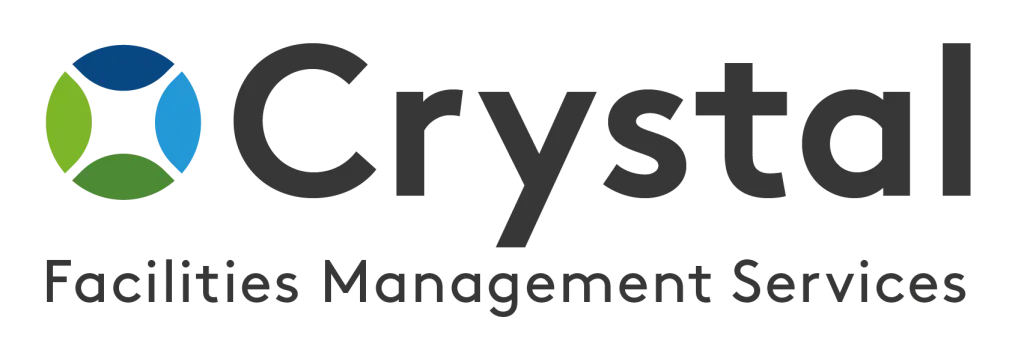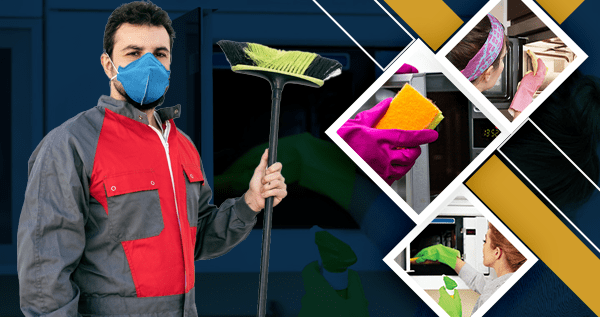Best Practices for Cleaning and Disinfection in Healthcare Settings
When it comes to maintaining a clean and safe environment in healthcare settings, thorough cleaning and disinfection practices are of utmost importance. Ensuring the health and safety of patients, staff, and visitors is a top priority in these settings. In this article, we will discuss the best practices for cleaning and disinfection in healthcare settings.
The Importance of Cleaning and Disinfection in Healthcare Settings
Healthcare settings, such as hospitals, clinics, and nursing homes, are highly susceptible to the spread of infections and diseases. Thorough cleaning and disinfection play a vital role in preventing the transmission of pathogens and ensuring a safe environment for all individuals within the facility.
Regular cleaning removes dirt, dust, and other visible contaminants from surfaces, making them visually clean. However, it is essential to understand that visual cleanliness does not guarantee the absence of harmful pathogens. This is where disinfection comes into play. Disinfection kills or inactivates microorganisms, reducing the risk of infections.
By implementing effective cleaning and disinfection practices, healthcare facilities can minimize the spread of infections, reduce healthcare-associated illnesses, and create a safer environment for patients and staff.
Creating a Cleaning Plan
A well-structured cleaning plan is the foundation of effective cleaning and disinfection in healthcare settings. Crystal Facilities Management, a leading provider of cleaning services, recommends the following steps for creating a comprehensive cleaning plan:
1. Identify High-Risk Areas
Start by identifying the high-risk areas within the healthcare facility. These can include operating rooms, patient rooms, intensive care units, and areas with high-touch surfaces like doorknobs, light switches, and handrails. Prioritize these areas in your cleaning plan to ensure they receive the necessary attention.
2. Develop a Cleaning Schedule
Create a cleaning schedule that addresses the frequency and timing of cleaning tasks. Some areas may require daily cleaning, while others may need more frequent attention. Consider the type of activity in each area and the risk of contamination when determining the cleaning schedule.
3. Choose the Right Cleaning Agents
Use cleaning agents that are approved for healthcare environments and effective against a broad range of pathogens. Crystal Facilities Management recommends using EPA-registered disinfectants that are labeled as hospital-grade. Ensure the cleaning agents are compatible with the surfaces being cleaned to avoid damage.
4. Train Cleaning Staff
Proper training is crucial for cleaning staff to perform their duties effectively. Train them on proper cleaning techniques, including the correct use of cleaning agents, appropriate dilution ratios, and adequate dwell times for disinfectants. Additionally, emphasize the importance of personal protective equipment (PPE) usage to prevent cross-contamination.
5. Monitor and Evaluate Cleaning Performance
Regularly monitor and evaluate the cleaning performance to ensure compliance with the established cleaning plan. Use quality control measures, such as inspections and environmental sampling, to identify areas for improvement and address any deficiencies promptly. Continuous monitoring helps maintain high standards of cleanliness in healthcare settings.
Effective Cleaning and Disinfection Practices
Now that we have discussed the importance of cleaning and disinfection in healthcare settings, let’s delve into the best practices for carrying out these tasks effectively:
1. Adhere to Standard Precautions
Follow standard precautions, including practicing proper hand hygiene, wearing appropriate PPE, and implementing respiratory hygiene and cough etiquette. These precautions minimize the risk of transmission of microorganisms during cleaning and disinfection processes.
2. Use Color-Coded Cleaning Equipment
Employ color-coded cleaning equipment, such as microfiber cloths and mop heads, to prevent cross-contamination. Assign specific colors to different areas or surfaces to avoid using the same equipment in multiple areas. This practice helps prevent the spread of pathogens from one location to another.
3. Follow Proper Cleaning Techniques
Train cleaning staff on proper cleaning techniques to ensure effective removal of dirt, debris, and pathogens. Encourage them to clean from top to bottom and from clean areas to dirty areas. This approach prevents cross-contamination and ensures thorough cleaning of all surfaces.
4. Prioritize High-Touch Surfaces
Pay special attention to high-touch surfaces, as they pose a higher risk of contamination. These can include doorknobs, light switches, elevator buttons, and handrails. Clean and disinfect these surfaces regularly throughout the day, as they are frequently touched by multiple individuals.
5. Allow Adequate Dwell Time for Disinfectants
Ensure disinfectants are given sufficient dwell time on surfaces to effectively kill pathogens. Read the manufacturer’s instructions to determine the appropriate contact time for the disinfectant being used. Avoid wiping off the disinfectant before the recommended dwell time, as it may render the disinfection process ineffective.
6. Implement Terminal Cleaning
Terminal cleaning refers to a thorough cleaning and disinfection process carried out after a patient is discharged from a room. This practice helps prevent the spread of infections to subsequent occupants. Follow specific protocols for terminal cleaning, including cleaning all surfaces, disinfecting medical equipment, and replacing disposable items.
7. Properly Dispose of Waste
Dispose of waste, including cleaning supplies and personal protective equipment, following appropriate guidelines. Separate regular waste from biohazardous waste and ensure proper labeling and containment of potentially infectious materials. Proper waste disposal prevents the risk of contamination and protects both staff and the environment.
Partner with Crystal Facilities Management for Expert Cleaning Services
Creating and implementing a cleaning and disinfection plan in healthcare settings requires careful consideration and expertise. Partnering with Crystal Facilities Management, a reputable provider of cleaning services, ensures you receive professional assistance to maintain optimal cleanliness and safety in your healthcare facility.
At Crystal Facilities Management, we understand the unique cleaning requirements of healthcare settings and adhere to industry best practices. Our highly trained cleaning staff, combined with the use of advanced cleaning techniques and top-quality products, ensures a hygienic environment for patients and staff alike.
Contact Crystal Facilities Management today to learn more about our comprehensive cleaning services tailored to meet your healthcare facility’s needs. Maintain the highest standards of cleanliness and create a safe environment for all with our reliable cleaning solutions.












